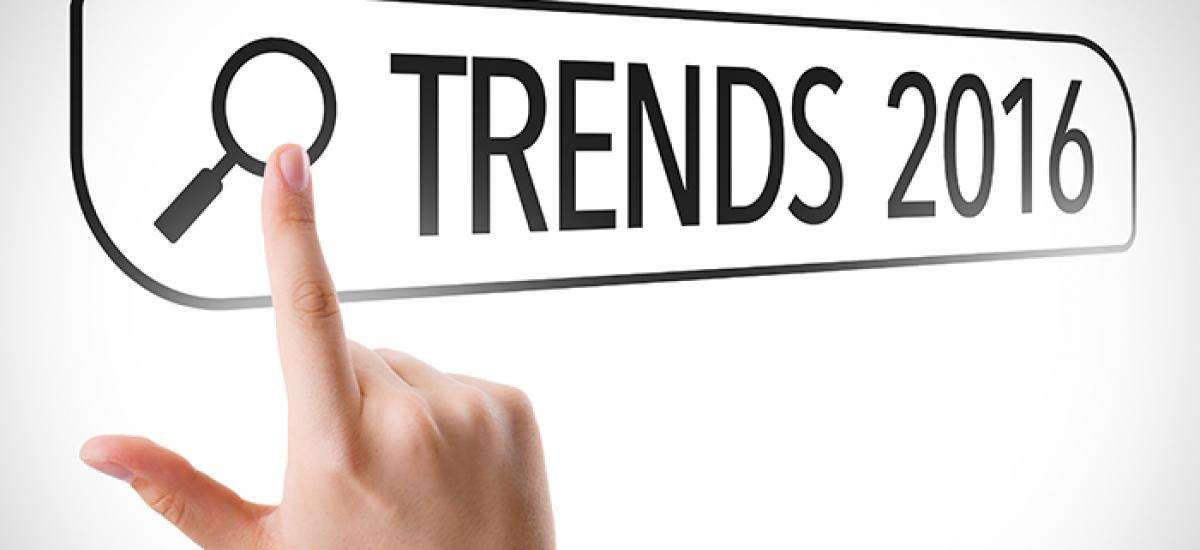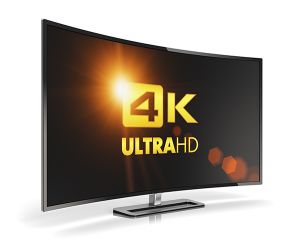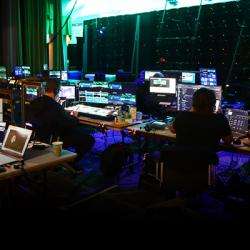2016 Event Technology Forecast

Every year, there seems to be countless new applications and technology offerings that promise to change the landscape for event design and improve your attendee engagement, or marketing initiatives. There is also more demand every year by Event Planners and Marketers for a more interactive, immersive and experiential offerings. However, with the amount options coming out that are touting the latest and greatest, it can be hard to tell what technology will make an impact and what could just be a fad, or never even get off the ground. We have rounded up the three most influential trends for 2016 and some of the technologies and companies that we believe are most likely to make an impact.
Real Time Interactivity
- Interactive Environments: Programs like Po-motion, coupled with a webcam and a projector can bring your brand or message to life by animating environment changes based on the motions of those in front of it. Check out this video for an example of a truly interactive experience for attendees.
- Touchscreens & Gesture Technology: Make your message more personal by allowing attendees to choose their own experience based on preferences. Omnitapps is one solution that can help with organizing an entire digital signage and touchscreen campaign.
- Beacons: Technologies like iBeacon and Eddystone have been talked about for years, but many experts think 2016 is the year for a breakout in adoption. One reason for this is essentially every attendee has the technology already in their smartphones. Planners can use this to their advantage by sending push notifications to attendees for updates, schedules, gamification, etc. when in proximity to strategically placed beacons throughout an event.
- Augmented Reality: AR enhances the live experience at an event by allowing the user to access content more easily and also extends the life of the content beyond traditional marketing material. Check out what AR can do for you here.
- Real-time Sharing / Streaming: Periscope, Meerkat and other live streaming apps made their way into more live events in 2015 and are becoming a staple for the millennial generation to share their experiences live with thousands of other viewers.
Immersive High Resolution Environments
 4K: A staple now in many homes throughout the U.S., 4K and UHD are becoming the new standard to overtake HD video. Attendees are expecting to see the same, if not higher quality video at events and therefore, we should expect to see 4K / UHD projection and screens becoming more prevalent in 2016.
4K: A staple now in many homes throughout the U.S., 4K and UHD are becoming the new standard to overtake HD video. Attendees are expecting to see the same, if not higher quality video at events and therefore, we should expect to see 4K / UHD projection and screens becoming more prevalent in 2016.
- Wide / Curved Screens: The same rule applies for the format in which attendees consume content at events. If wide and curved screens are becoming the new standard at home, expect to see more immersive screens at events.
- 360 Degree Video: We have seen Facebook adopt 360 Degree Photography in 2015 and start to push 360 Degree Video as the next step to enhance the user experience. Expect to see more of this technology this year to help remote attendees to feel as if they are actually at the event.
- Mapping: You can create a truly immersive and unique environment by breaking down the traditional barriers of standard format screens and using projection mapping to enhance the attendee experience.
PROJECTION MAPPING from IMS Technology Services
Artificial Intelligence & Data:
- Networking Assistance: Sometimes networking is awkward, or difficult, especially if you are unsure what role each person plays and more so if they are a good fit for you. Companies like Intros.At and Charlie are helping to make the matchmaking process much easier and pain free for all.
- Personal Assistants: WeBeam can not only help with networking like Intros.At, but also assist with contact collection and making digital connections. X.AI is a new (In Beta, but free!) web-based app that can help you schedule meetings and save time by using Artificial Intelligence in your emails.
- RFID: Ticketing and registration can be a cumbersome and labor intensive undertaking for any event. More events are streamlining this process with the use of RFID bracelets or ID tags to not only make ticketing simple, but also create new revenue streams, offer new services and perhaps most importantly, capture data on your attendees, their demographics and their habits during your conference. Data such as this can help you adjust and market future events. You can cut down on lines, as well as gain insightful analytics. It’s a Win-Win!
Article written by Jon Little, National Account Manager
Share This Article
Categories
Latest Posts

Philadelphia 2026: Is Your Venue Ready for the Spotlight?

Scalable AV Infrastructure for Life Science Enterprises

Extend Your Reach: The Power of Virtual and Hybrid Events

Why Every Detail Matters in Investor and Year-End Meetings

IMS Technology Services Welcomes John Beaulieu
Tags
Contact Us
- Headquarters: 3055 MCCANN FARM DRIVE, GARNET VALLEY, PA 19060
- Event Staging: 2000 COLUMBIA AVENUE, SUITE 300, LINWOOD, PA 19061
- Southeast Office: 404 SUNPORT LANE, SUITE 350, ORLANDO, FL 32809
- Phone: + 610-361-1870
- Contact Us
Services
Recent Posts

Philadelphia 2026: Is Your Venue Ready for the Spotlight?

